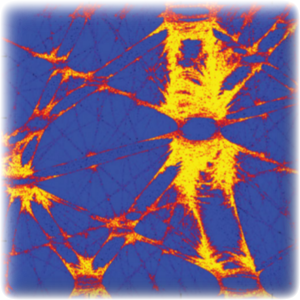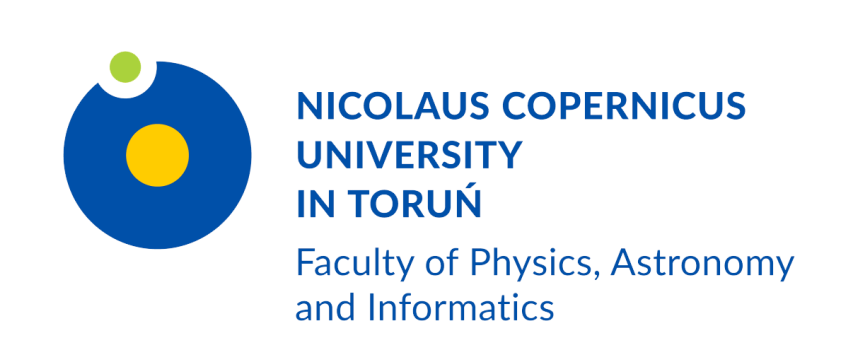 PLANETARY SYSTEMS DYNAMICS
PLANETARY SYSTEMS DYNAMICS
The topic of research in the field of celestial mechanics is the dynamics of planetary systems. Planets forming a multi-planetary system disturb each other’s movement, making the problem non-integrable. To learn about the evolution of orbital elements, numerical methods and qualitative analytical approaches are used. The research concerns the stability of systems on long time scales (comparable to the lifetime of the central star), analysis of the dynamics of resonant and non-resonant systems. The subject of the research is also the formation of resonant configurations due to the migration of planets in the protoplanetary disk, as well as the characteristics of known extrasolar planetary systems.
 MODELLING THE OBSERVATIONS OF STARS WITH PLANETS
MODELLING THE OBSERVATIONS OF STARS WITH PLANETS
The aim of this topic is to observationally determine the initial orbital elements and masses of planetary systems, in particular those involved in mean motion resonances (commensurability of the orbital periods), which result in very complicated structure of the phase space and long-term dynamics. The analysis refers to radial velocities, astrometric observations, transits, transit timing and direct imaging. Moreover, indirect effects relying on variation of the observational signal resulting from the mutual gravitational interactions might be used as observables (e.g., Transit Timing Variation or Light Travel Time).
 ORBITAL STABILITY ANALYSIS IN DIFFERENT TIME-SCALES
ORBITAL STABILITY ANALYSIS IN DIFFERENT TIME-SCALES
The analysis refers to both the planetary systems with one central star and with more stars. One of the problems in this case results from the differences in characteristic time-scales, which is caused by wide ranges of the semi-major axes or complex dynamical environments (e.g., hierarchical, near-resonant or Trojan type configurations). The short-term stability analysis makes it possible to put constrains on the parameters that cannot be well-determined from observations alone. Moreover, that allows to predict areas in the parameter space, corresponding to potential components of the system, the signals of which being below the detection level.
 SECULAR AND RESONANT EVOLUTION OF PLANETARY SYSTEMS
SECULAR AND RESONANT EVOLUTION OF PLANETARY SYSTEMS
In order to describe the orbital evolution of a planetary system during its lifetime, one needs to account for various types of time-dependent perturbations to the point-mass gravitation (e.g., rotational distortion of the star, tidal deformation of the star and the planet, relativistic corrections). Currently, we are focusing on the planetary migration that results in catching the planets into mean motion resonances at early stages of the system evolution.

 Piwnice k. Torunia, 87-148 Łysomice
Piwnice k. Torunia, 87-148 Łysomice